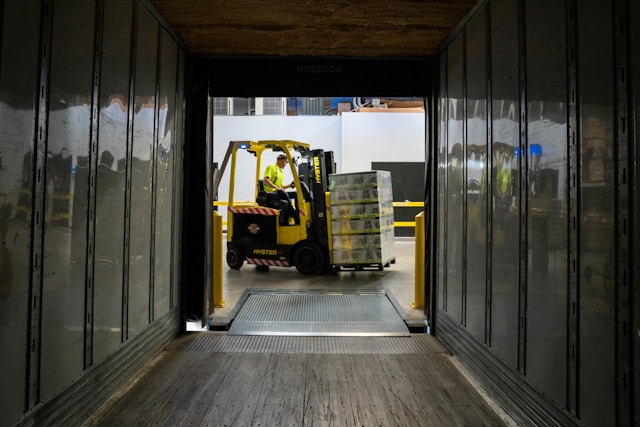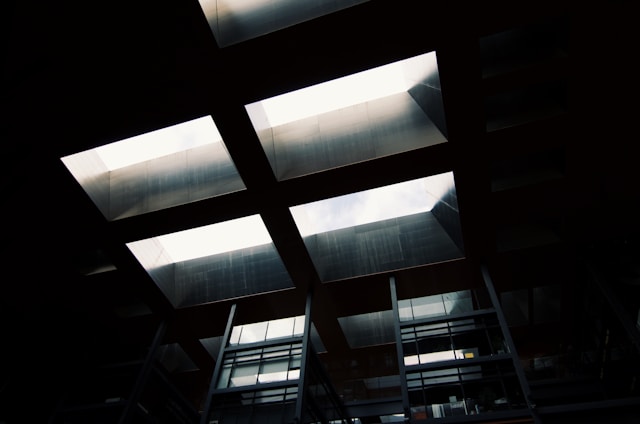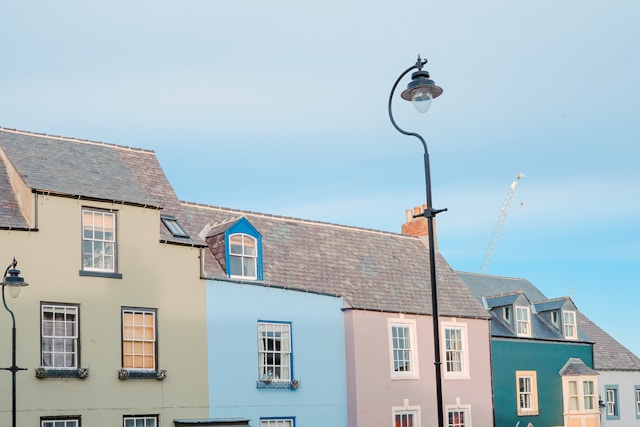
Trends in Commercial Real Estate: Insights for Investors
The commercial real estate sector is undergoing significant transformations, driven by changes in consumer behavior, advancements in technology, and an increasing focus on sustainability. Investors, particularly in emerging markets like Transylvania, are paying attention to these trends as they present new opportunities for growth. Here are some key trends shaping commercial real estate and provide insights into how investors can capitalize on them.
1. The Rise of Mixed-Use Developments
Mixed-use developments, which combine residential, commercial, and sometimes industrial spaces, are becoming a major trend in urban planning. These developments offer a blend of living, working, and leisure spaces within the same area, which appeals to tenants seeking convenience and accessibility.
In growing urban centers like Cluj-Napoca, such developments are becoming the norm. For example, some parks integrate tech companies, co-working offices, and retail outlets, creating a thriving, multi-functional community. Investors in such projects benefit from a diverse range of tenants, ensuring stable and steady rental income, while also contributing to the city’s innovation ecosystem.
For investors, mixed-use developments provide the advantage of diversified revenue streams. Retail tenants benefit from residential foot traffic, while offices enjoy the proximity to urban amenities. This convergence of different property types in a single project creates resilience during market fluctuations, as a decline in one sector can be offset by the strength of another.
2. Growth of Logistics and Industrial Hubs
As e-commerce continues to expand, the demand for logistics and industrial spaces has skyrocketed. Businesses are increasingly in need of strategically located warehouses and distribution centers to meet the rapid pace of online orders and deliveries. Industrial real estate, particularly in areas with strong infrastructure, is becoming one of the most sought-after asset classes.
In Transylvania, cities like Sibiu and Târgu Mureș are emerging as important logistics hubs due to their proximity to major transport routes, such as the A1 highway. This strategic location allows businesses to distribute goods efficiently to both domestic and international markets. For instance, logistics companies based in Sibiu benefit from easy access to Western Europe, making the city an ideal location for warehousing and distribution.
Investors targeting industrial properties in these regions can expect long-term leases and stable tenants, as the demand for such spaces continues to grow. Additionally, the rise of online retail and the need for last-mile delivery centers ensure that the industrial real estate sector remains a solid investment for years to come.

3. Sustainability and Green Buildings
Sustainability is no longer just a trend; it’s a requirement for many tenants, particularly in the commercial real estate sector. Businesses and tenants are seeking environmentally friendly spaces that not only reduce their carbon footprint but also lower operating costs. Energy-efficient buildings with certifications like LEED (Leadership in Energy and Environmental Design) are becoming increasingly attractive.
In Cluj-Napoca, for example, the Liberty Technology Park is a standout example of green architecture in Romania. This innovative office complex incorporates energy-saving technologies and sustainable materials, attracting top-tier tenants, particularly in the tech sector. Investors are finding that green-certified buildings command premium rents and attract tenants who are willing to pay more for sustainability and energy efficiency.
For investors, sustainable buildings offer long-term value. Not only do they appeal to environmentally conscious tenants, but they also reduce operational costs through lower energy consumption. As sustainability becomes a key factor in tenant decision-making, properties that prioritize green initiatives are likely to see increased demand and higher occupancy rates.

4. Technology Integration in Commercial Real Estate
The digital transformation of commercial real estate is reshaping how properties are managed and leased. Smart buildings equipped with advanced technologies—such as automated HVAC systems, energy-efficient lighting, and security systems—are becoming the standard for modern offices and industrial spaces.
In Brașov, several new office complexes are incorporating smart technology to enhance tenant experience and reduce operational costs. For instance, buildings with automated climate control systems can adjust heating and cooling in real-time, based on occupancy levels, leading to significant energy savings. These properties are increasingly attractive to tech companies and other forward-thinking businesses looking for modern, efficient work environments.
For investors, the integration of technology in commercial real estate offers a competitive edge. Smart buildings not only reduce long-term costs but also increase tenant satisfaction, making them more likely to renew leases. As businesses continue to demand higher-tech workspaces, properties that offer these features will outperform traditional buildings in the market.
5. Flexible Workspaces and Co-Working Environments
The shift towards remote and flexible working models, accelerated by the global pandemic, has led to a surge in demand for co-working spaces. Many businesses are moving away from traditional long-term office leases in favor of flexible, short-term agreements that allow for adaptability.
In Cluj-Napoca, a hub for startups and tech companies, co-working spaces are thriving. These flexible workspaces cater to freelancers, entrepreneurs, and small businesses looking for cost-effective office solutions. Investors in co-working properties benefit from a diverse range of tenants, with a steady demand for space, particularly from growing industries like IT and creative services.
For investors, flexible workspaces represent an attractive opportunity in a changing work environment. As more companies adopt hybrid models of working, co-working spaces and short-term office rentals will continue to grow, offering higher occupancy rates and diversified tenant bases.

6. Suburban Commercial Real Estate Growth
As urban centers become more crowded and expensive, many businesses are opting to relocate to suburban areas where rental costs are lower, and there is more space for expansion. Suburban commercial real estate, particularly in regions surrounding major cities, is becoming increasingly attractive.
Around Brașov and Sibiu, suburban areas are seeing a boom in commercial real estate development. Retailers, logistics companies, and office parks are moving out of the city center to take advantage of lower costs and less congestion. This shift is creating new opportunities for investors who are willing to look beyond the traditional urban core.
For investors, suburban areas offer lower acquisition costs and the potential for strong capital appreciation as demand for commercial space in these regions grows. Additionally, businesses are increasingly attracted to suburban locations for the quality of life they offer employees, making these areas a viable alternative to city-center offices.
The commercial real estate market is rapidly evolving, driven by trends like the rise of mixed-use developments, the growth of logistics hubs, and the increasing importance of sustainability and technology integration. For investors, understanding these trends is essential for making informed decisions.
In regions like Transylvania, where the commercial real estate sector is experiencing robust growth, these trends present significant opportunities. By focusing on sustainable buildings, flexible workspaces, and strategically located industrial properties, investors can position themselves for long-term success in this dynamic market.

